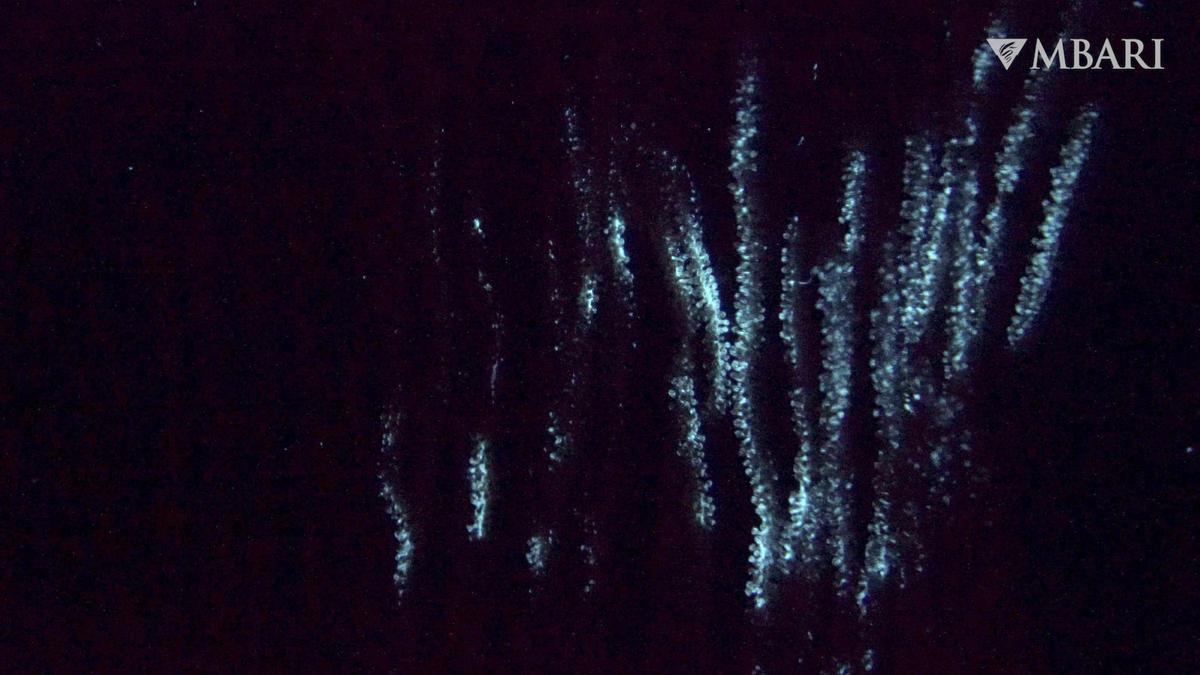
Glowing Under the Sea: The Wonders and Purposes of Bioluminescence in Aquatic Animals
Bioluminescence is a mesmerizing natural phenomenon that results from the production of visible light through a chemical reaction within living organisms. This unique form of chemiluminescence is brought about by two essential chemicals, luciferin and luciferase, which must be present for an organism to emit light. Scientists have not yet fully comprehended the purpose or function of bioluminescence, but they believe it may serve several purposes, such as helping animals locate food, defend against predators, attract mates, and communicate with one another.
One intriguing adaptation related to bioluminescence is counterillumination, which involves using light to blend in with the environment. Some species of squid and deep-sea fishes have photophores concentrated on their underside, enabling them to remain less visible to predators viewing them from below. This form of camouflage is vital for survival in the depths of the ocean.
Despite being most commonly blue-green, bioluminescent animals can produce a range of colors. Red light emission is observed in some animals, while the gossamer worm stands out as one of the rare instances where this natural phenomenon produces glowing yellow fluid. The diversity of colors emitted by bioluminescent organisms adds to the allure and enigma surrounding this fascinating adaptation in the animal kingdom.

